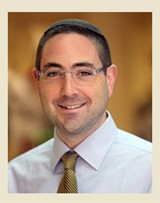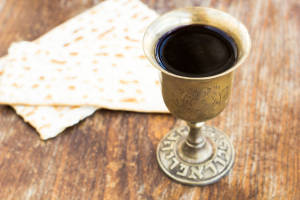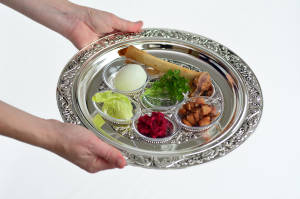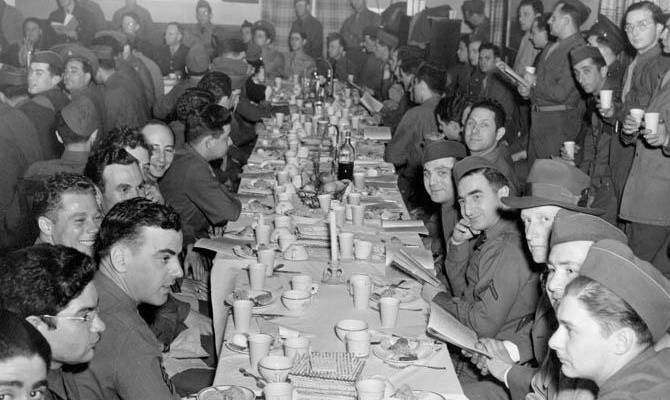
By Rabbi Ari Enkin, rabbinic director, United with Israel
Although we should not abandon even the most seemingly insignificant customs of the Seder, it is appropriate to emphasize rituals that are absolutely required.
While the singing of Dayeinu (Hebrew for “It would have been enough for us”) and Chad Gadya (Aramaic for “One Little Goat” – not to be confused with “Mary had a Little Lamb”) are important components of any Passover Seder, they are not among what are considered to be actual mitzvot, binding obligations of the evening. Although we should not abandon even the most seemingly insignificant customs of the Seder, it is appropriate to emphasize rituals that are absolutely required.
There are five mitzvot (Torah commandments) that every Jew must be sure to observe at the Seder. Two are biblical in origin, and three are rabbinical.
The first biblical mitzvah is simply to relate the story of the exodus from Egyptian captivity as recorded in the Haggadah. This mitzva is based on the verse, “And you shall relate it [the story of the exodus] on that day.” Even a person who is alone for the Seder would be obligated to recite the Haggada audibly.
Although it is ideal, of course, to read and sing the entire Haggadah, one must be sure at the very least to recite the portion that begins with the words, “Rabbi Gamliel used to say.”

Wine and matzah are two essentials for the seder. (shutterstock)
The second biblical mitzvah is to eat matzah at the point in the Haggadah known as motzi matzah, as it says in the Torah: “In the evening you shall eat unleavened bread.” The minimum amount of matzah that one must eat at this point is just over one ounce. There are other points in the Seder where one will be prompted to eat more matzah, but it is at this time that one discharges the actual mitzvah.
The first rabbinical mitzvah is the obligation to drink four cups of wine at specially ordained points in the Haggadah. These four cups of wine represent the four different expressions used by the Torah to portray our redemption. All wine glasses should ideally hold at least 3.3 ounces. While it is preferable to drink the entire cup, it suffices to merely drink the majority. Using white wine at the Seder is acceptable, but red wine is preferred.
Eating bitter herbs at the Seder is another rabbinical and slightly enigmatic mitzvah in terms of what is acceptable to be used as maror. Many people mistakenly use the commercial white or red horseradish that comes in a jar for this purpose. While eating this form of horseradish is truly a grueling and bitter experience, one actually does not fulfill the mitzvah at all with these products because they are not 100% pure horseradish, often including beets and sugar, and the ingredients include preservatives and the like.

Seder plate. (shutterstock)
The mitzvah of bitter herbs may only be fulfilled with raw vegetables – nothing processed or preserved. One should ideally use carefully washed, insect-free romaine lettuce, despite its not being particularly bitter, as the Talmud seems to prefer it from among the other acceptable species of maror. Some rabbis were known to use even the sweetish iceberg lettuce for maror. One may, of course, use the raw horseradish root as well, for a truly bitter experience. Here too, one must eat a minimum of just over an ounce of maror when prompted to do so in the Haggadah.
The third rabbinical mitzvah is the recitation of the Hallel prayers. In what is a break in common practice, Hallel is divided up, with some of it being recited before the meal and the rest afterwards. These special prayers focus on praise and thanksgiving to God for having taken us out of Egypt.
There you have it. Be sure on Pesach to remember the five and ensure your Seder is alive! A Seder that is experienced and fulfilled in a traditional way will truly allow us to feel the Talmudic teaching that “every person is obligated to see himself as having personally left Egypt.”


